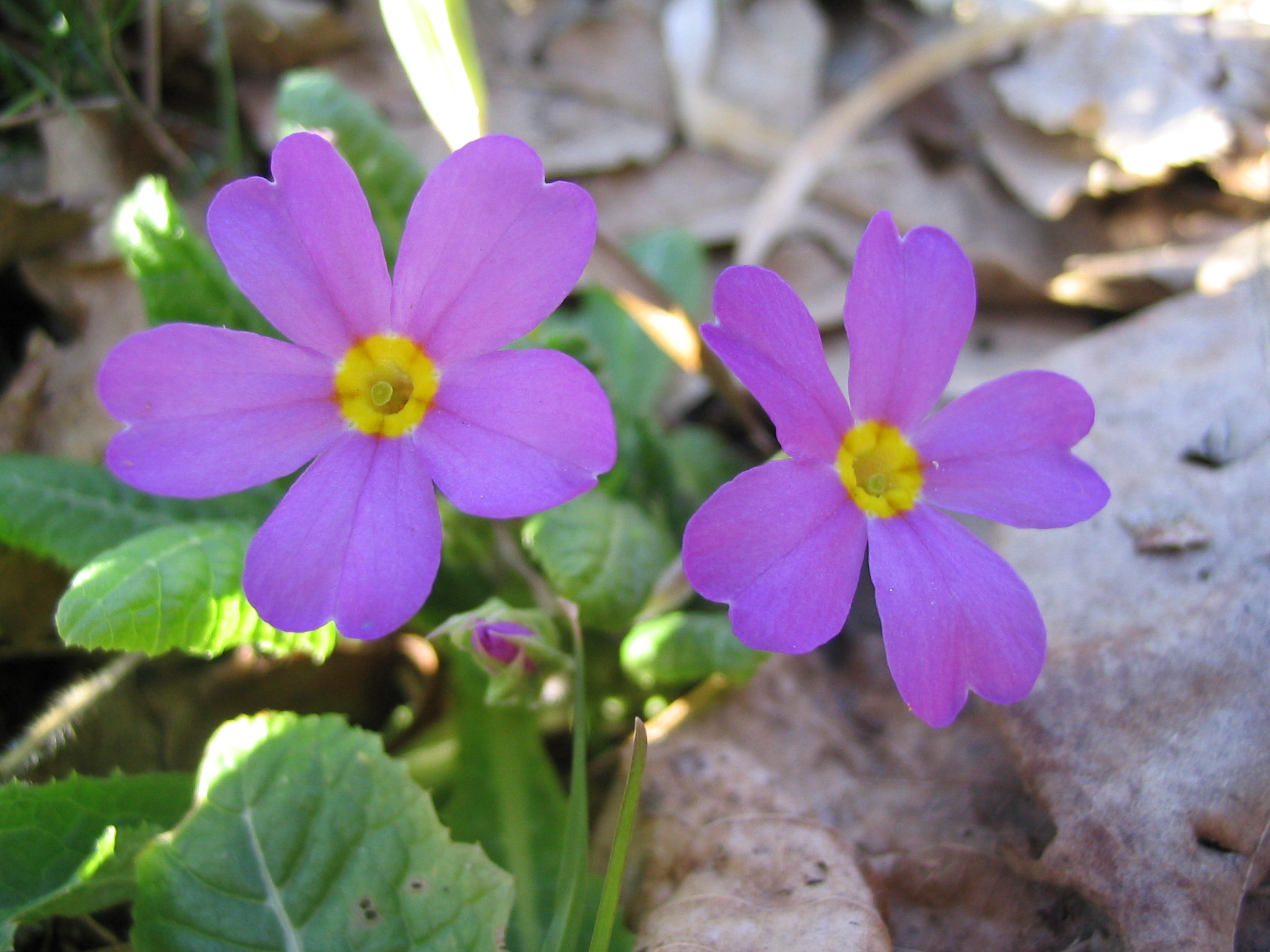Vegetation
 Zlatni Pyasatsi Nature Park lies within the North Black Sea Coast botanico-geographic region. The diversity of the plant communities is very rich for the small area of tne Nature Park. The specific local environment has formed the Park’s rich diversity in habitats – 27 habitat types, of which 11 are included in the Council Directive 92/43/EEC on the conservation of natural habitats and of wild fauna and flora. The Zlatni Pyasatsi Nature Park preserves some of the Bulgarian rare plant communities – White Oak communities and these mixed with Common Hornbeam at law attitude, the communities of Chara algae found in one of the lakes, steppe vegetation on the white calciferous rocks. The Silver Lime forests are endemic for the Balkan Peninsula.
Zlatni Pyasatsi Nature Park lies within the North Black Sea Coast botanico-geographic region. The diversity of the plant communities is very rich for the small area of tne Nature Park. The specific local environment has formed the Park’s rich diversity in habitats – 27 habitat types, of which 11 are included in the Council Directive 92/43/EEC on the conservation of natural habitats and of wild fauna and flora. The Zlatni Pyasatsi Nature Park preserves some of the Bulgarian rare plant communities – White Oak communities and these mixed with Common Hornbeam at law attitude, the communities of Chara algae found in one of the lakes, steppe vegetation on the white calciferous rocks. The Silver Lime forests are endemic for the Balkan Peninsula.
The natural vegetation is mainly of xerotherm and thermophilous deciduous forests, which are dominated by Oriental Hornbeam (Carpinus orientalis), Turkey Oak (Quercus cerris), Hungarian Oak (Quercus frainetto), Downy Oak (Quercus pubescens), Flowering Ash (Fraxinus ornus), Field Maple (Acer campestre), Pedunculate Oak (Quercus pedunculiflora) and Silver Lime (Tilia tomentosa). The presence of small sub-floodplain forests in the park is one of the most specific characters of its forest vegetation. They are formed by species as Desert Ash (Fraxinus oxycarpa), Field Elm (Ulmus minor), Common Oak (Quercus robur), White Poplar (Populus alba), Black Alder (Alnus glutinosa), Smilax excelsa L., Silk Vine (Periploca graeca). Due to the mitigate influence of the sea, in the park forests occur many Mediterranean and sub-Mediteranean species – Common Lilac (Syringa vulgaris), Wild Jasmine (Jasminum fruticans), Christ’s Thorn (Paliurus spina-christis), Scorpion Senna (Сoronilla emerus), Smoke Bush (Cotinus coggygria), etc., including some rare for the Bulgarian flora.
The Oriental Hornbeam (Carpinus orientalis) is the tree species which forms most of the forests in the Nature Park. Most of the Oriental Hornbeam forests in the park are passable and spacious, with 7-12 m high trees, which is extremely rare in Bulgaria.
Flora
Vascular plants – There are about 500 species of vascular plants described in the park (near 9% of the Bulgarian flora). The most numerous are the families Asteracea – 41 species, Poaceae – 35 species, and Fabaceae – 29 species. The most numerous Genus is Viola (Violet) – with 8 species. There are 6 species of the genus Quercus – Q. cerris, Q. frainetto, Q. pedunculiflora, Q. pubescens, Q. robur, Q. virgiliana in the Nature Park.
Plants listed in the Red Book of Bulgaria – 1 Threatened species – White snowdrop (Galanthus nivalis), and 9 Rare species – Violet limodore (Limodorum abortivum), Caucasian Common Primrose (Primula vulgaris L. ssp. sibthorpii) and Bithynian Squill (Scilla bithynica).
Protected are 17 plants; among them are Wormood (Artemisia lerchiana), Ephedra (Ephedra distachya), White Snowdrop (Galanthus nivalis), Violet Limodore (Limodorum abortivum), Caucasian Primrose (Primula vulgaris L. ssp. sibthorpii), and Bythinian Squill (Scilla bithynica).
The medicinal plants in Nature Park are over 150 species. The most numerous are the herbaceous plants. In the Nature park occur Garlic Mustard (Alliaria petiolata), Absinthe Wormwood (Artemisia absinthium), Gromwell (Buglossoides purpuraeo-caerulea), Chicory (Cichorium intybus), Field Eryngo (Eryngium campestre L.), Woodland Strawberry (Fragaria vesca), St. John’s wort (Hypericum perforatum L.), Narrowleaf Plantain (Plantago lanceolata L.), Greater Plantain (Plantago major L.), Dwarf Elder (Sambucus ebulus L.), Black Bryony (Tamus communis L.), Sweet violet (Viola odorata L.) etc.
The algae flora of the Park consists of 50 species and varieties of algae in the small freshwater lakes of the park. The presence of the red freshwater algae Audouinella chalybea in the „Kovshak” fountain is a proof of the good ecological status of the waters in this part of the park. This is a rare, though not protected species in Bulgaria.
Moss species found in the Park are 77 (about 10% of mosses in Bulgaria). The Zlatni Pyasatsi Nature Park is an important area for the protection of the calciphylous bryoflora of the Blacksea Coast. In the Park was found a new moss species for Bulgaria (Fissidens crispus), in the Oriental beech forests. Inspite of the small number of species, the moss vegetation in the park is very well presented, due to the preserved continuous forest habitats and the large number of stable microhabitats. In the Oriental beech forests in the park there are some species that usually inhabit higher altitudes – Mnium marginatum, Dicranella heteromalla, and Isothecium alopecuroides. There are 3 moss species in the Red Book of Mosses in Bulgaria – 1 Near Threatened species (Orthotrichum pumilum) and 2 vulnerable species (Rhynchostegiella tenella, Taxiphyllum wissgrillii).
Fungi – There are 48 species of Macrofungi were found in the park, of which 45 species belong to division Basidiomycota (club fungi). In Zlatni pyasatsi Nature Park are registered 7 species of edible fungi – Honey Mushroom (Armillaria mellea), Cornucopia mushroom (Pleurotus cornucopiae), Red Cracked Boletus Mushroom (Boletus chrysenteron), Beefsteak Fungus (Fistulina hepatica), Coral Tooth (Hericium coralloides), Peppery Milk-cap (Lactarius piperatus), Green-cracking Russula (Russula virescens). There are 5 species listed in the Red Data Book of Fungi in Bulgaria – Boletus armeniacus – Endangered (EN); B. pulverulentus – Endangered (EN); Clathrus ruber – Near Threatened (NT); Gyrodon lividus – Critically Endangered (CR); Hericium coralloides – Near Threatened (NT);


